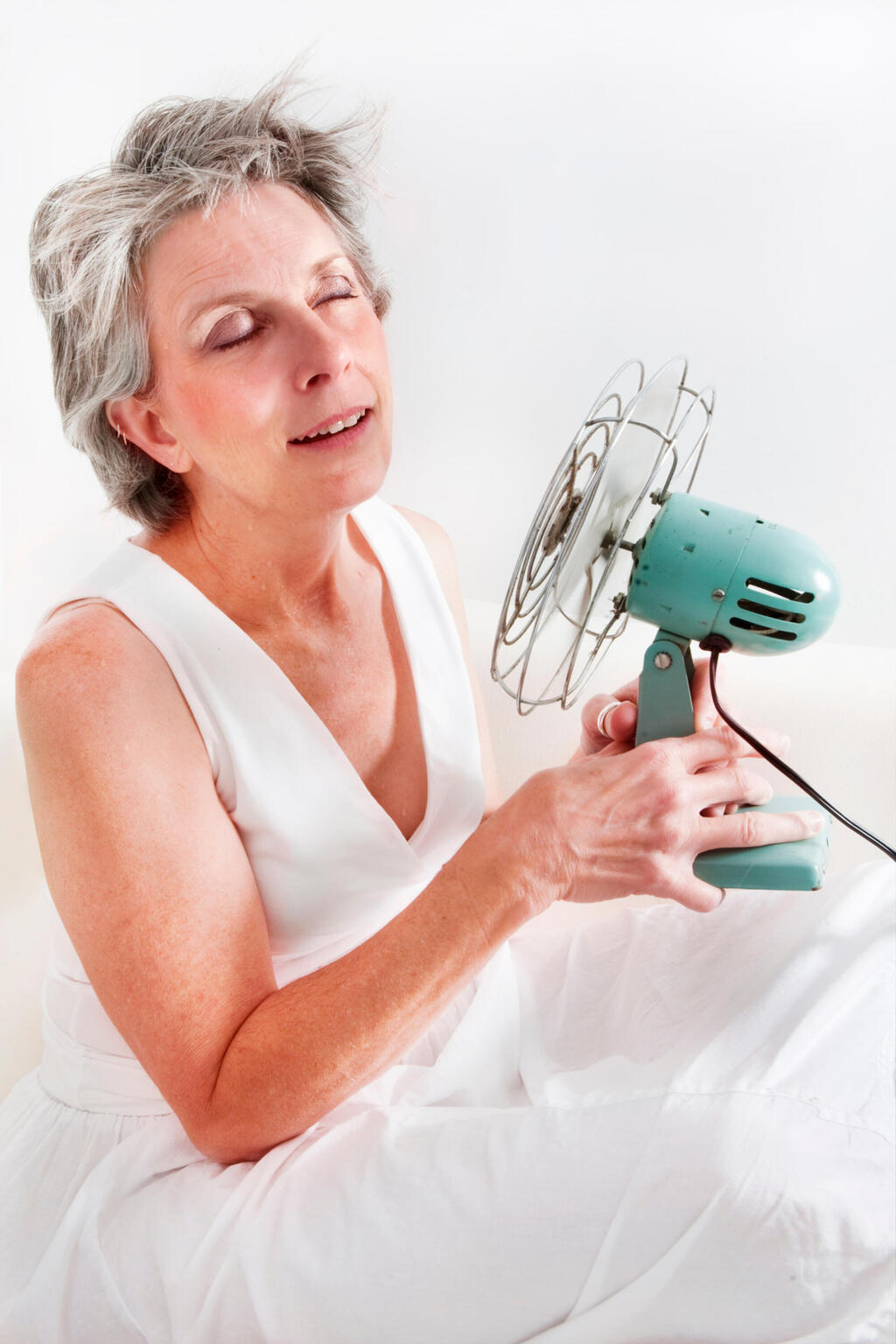A few years ago, Merav Michaeli, then Israel's Minister of Transport, decided to raise the temperature of the air conditioners on trains, asserting that “women are always colder.” Michaeli also argued that “the world is run according to men,” and indeed, historically, the study of human physiology has been predominantly based on the male body, with the assumption that findings can be generalized to all humans. However, before drawing conclusions about who feels colder, it’s important to examine the evidence from existing studies.
How do we perceive changes in temperature? The human body constantly produces heat while maintaining a core temperature of around 37 degrees Celsius, regardless of external conditions—whether hot or cold. To achieve this, the brain continuously monitors body temperature using temperature-sensitive receptors located on the skin and deep within the body, which facilitate heat sensing. Environmental temperature plays a major role in influencing body heat, so most of these receptors are distributed across the skin. Additionally, heightened activity in some internal organs—including the intestines, spinal cord, and certain brain regions—can increase body heat, necessitating receptors in these areas as well. If the body’s temperature becomes unbalanced, the brain initiates a series of autonomic processes, such as sweating, and behavioral responses, such as seeking shade, to restore a balanced temperature.
What causes these differences?
It has often been claimed that there are differences in temperature preferences between women and men, and research into these differences in temperature sensitivity has been ongoing for over a decade. Studies show that, at the same temperature, women tend to report greater discomfort than men, whether they are too hot or too cold. Women also detect temperature changes earlier than men and are more sensitive to skin humidity. Although awareness of sweating helps regulate body temperature, prompting those who sweat to seek cooler environments, humans lack specific receptors for detecting sweat. Instead, cold-sensitive receptors help us perceive damp skin, and research indicates that women are more sensitive to this sensation than men. One evolutionary theory to explain is that they may have developed to address specific needs, such as gender separation during resource competition or the protection of young children.
In an attempt to understand the physiological basis for these differences, most studies have focused on factors such as differences in metabolic rate, the impact of female sex hormones on autonomic processes, the menstrual cycle, and body structure and biophysics. However, other aspects of temperature sensing, such as the number and distribution of receptors and heat regulation behaviors influenced by psychological and cultural factors, have been largely overlooked. While it is generally accepted that differences in body physiology contribute to varying temperature perceptions between the sexes, in recent years the topic has been studied from new perspectives. Biophysical traits do affect body temperature regulation, and fundamental differences in body structure between women and men may significantly influence temperature sensitivity. Nevertheless, evidence suggests that women may be more attentive to and aware of temperature changes, regardless of their physical traits.
So, does this mean women are always colder? Not necessarily. Many studies that have addressed the differences between men and women in relation to temperature perception have distinguished between internal sources of temperature change, such as physical activity, and external sources, like heating. They have also focused on sensitivity to heat rather than cold, even though the human body has receptors for both. Additionally, some studies have found no significant differences between the sexes.
Equivocal findings
Despite the common perception, a recent study by the National Institutes of Health (NIH) in the US found no differences between the sexes in cold temperature perception and only a few variations in how the body copes with it. In the experiment, 28 men and women spent five hours in a controlled-temperature room, all wearing the same clothing: a shirt, shorts, and socks. Each day, participants underwent physiological tests and reported their comfort levels at temperatures ranging from 17 to 30 degrees Celsius.
Women’s body temperatures were slightly higher than men’s at lower temperatures. However, there were no notable differences between sexes in cellular glucose consumption, muscle electrical activity, skin temperature, or heat production in response to cold exposure. While the women were likely physically smaller than the men, which meant they produced less heat, their higher fat percentage seemed to compensate for this difference. Based on the findings, the researchers concluded that the lower comfort threshold for women was around 22 degrees Celsius—one degree lower than that for men. At the lowest temperature, 17 degrees, there were no significant differences in comfort levels or the time it took for participants to start shivering.
These conflicting results underscore the need for further, more comprehensive research to determine whether women are indeed more affected by cold temperatures than men. It’s important to recognize that many factors, such as regular medication, body size, and fat percentage, influence temperature perception. Previous studies have often focused on just one or two factors, highlighting the need for broader research with larger, more diverse samples that consider a wider range of factors and variables. Meanwhile, the debate over air conditioning persists, and it’s not necessarily linked to biological differences between sexes.
First published: 13:56, 09.21.24



